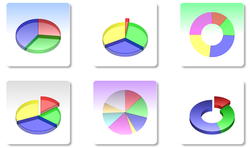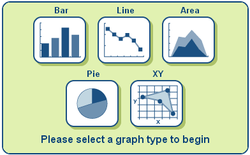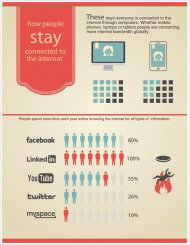I understand two or three hours is quite a time commitment for people to make in the middle of the work day, so I'm doing my best to make a schedule for the day. I'm positive we won't be on time exactly, but having an order of events should help a bit. If you can only come for part, don't feel bad about that at all. :)
9:00 - Opening Ceremonies
9:20 - First Four Design Pitches (20 minutes each)
9:20 - Massaging Backpack – Andy, Arielle, Kimmie
9:40 - Spray Paste – Zari, Kolbi, Mitchell
10:00 - Rain Clock – Abby, Jordyn
10:20 - Hetos Clothing – Braden, Avery, Nick
10:40 - Break
10:55 - Last Two Design Pitches (20 minutes each)
10:55 - Twisto Jar – Payton, Liam, Christopher
11:15 - The Hair Hero – Molly, Jaymar, Kassidy
11:35 - Closing Ceremonies
I don't have an exact schedule for Friday yet, but what I do know is that the presentations will start at 9 and won't go any later than noon. I'll figure out a presentation order soon, but even then we're going to have to be pretty flexible.
Here is a quick guide you can use to figure out how much of an investment you need to ask for from the investors. It might sound a little complicated, but just take it one step at a time and read all the way through each sentence.
1. How much will it cost to make your product. A simple way to guess the cost of manufacturing is to find an inexpensive version of your design that already exists and divide its price by 4. For example, if you see an alarm clock selling for $8, you can infer that it would cost you $2 to manufacture it yourself.
2. How many units would you like to make? If you decide you want to make 20,000 units, then you would multiply 20,000 times $2. So it would cost you $40,000 to manufacture your 20,000 alarm clocks.
3. What is your salary? Are you going to work for free? Will each person in your group get paid $30,000 a year? If so, you would add 3 x $30,000, or $90,000 to what it will cost to make the product. Or maybe you decide not to take a salary at first and get paid later with the profits. It's a risk, but asking for less money from the investors means you get to keep a larger percentage of the profits down the road.
4. How much will you sell one unit for? What do your competitors charge? What do you think people are willing to pay for your product? Let's say you are able to sell your alarm clocks to Target for $5 each. If you sold all of your alarm clocks that would be 20,000 x $5, or $100,000.
5. What is your profit margin? To find your profit margin, just take how much you can sell one alarm clock for and subtract that number from what it costs you to make. In other words, you would would do $5 - $2 and your profit margin is $3 per unit.
6. How much profit will you make? We already know you made $100,000 (Gross) when you sold your alarm clocks to Target, but you don't get to keep all that money. Remember, it cost you $40,000 to make your alarm clocks, so you have to subtract that $40,000 from $100,000. That means you made $60,000 profit (Net).
Watch these two commercials from Apple and Motorola. Which one is simple? Which one is complex? Which one highlights the features and benefits better? Which one makes the design the hero? Which one communicates a stronger, clearer message?
Use the observations you gather from these two videos and apply them to your presentation. How can you make your presentation simple and clear? What is distracting in your presentation? How can you make your design the hero of your presentation?
Slide RulesThe big idea of any PowerPoint presentation is that is should be
simple and
clear.
Here are some ways to make sure you have a simple presentation:- Use as little text as possible
- Use as few slides as possible
- Use large type (at least 30 pt.)
- Do not use bullet points
- Use stock images, not clip art
- Use simple graphics
Examples
Check out the following versions of a statistic slide. Notice what works in a slide.

Bad- Too many words
- Boring clip art
- Picture has no connection to statistic

Still Bad- Boring background
- Chart is hard to read

Great- Few words
- Clear chart
- Relevant background
- No clip art

Great- Few words
- Important info is highlighted
- Relevant background

Great- Even fewer words
- Important info is highlighted
- Relevant background

Great- Few words
- Relevant background
Charts and Graphs

Use
ChartGo to create any graphs you might need.


If you have enough data, you can use
Easelly to create awesome looking info graphics.
Don't be a Bozo
Finally, check out this video on how to give a good presentation using PowerPoint. Make sure to pay special attention to the second half of the video, which is all about how not to be a bozo.
Note that we will be speaking for 5 minutes and have about 7 slides. (Not 10 slides and 20 minutes.) The bozo stuff you still need to listen to, though. :)









 RSS Feed
RSS Feed